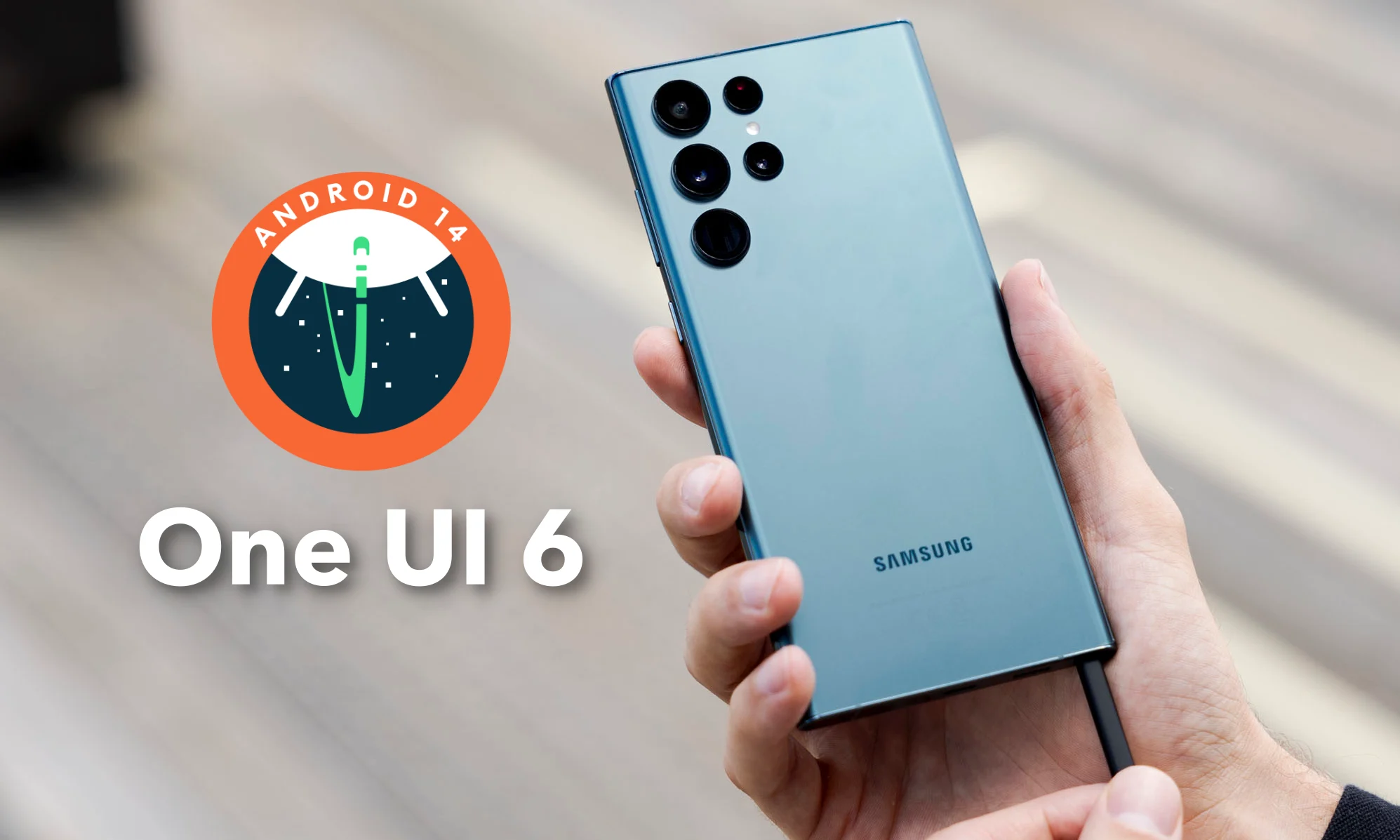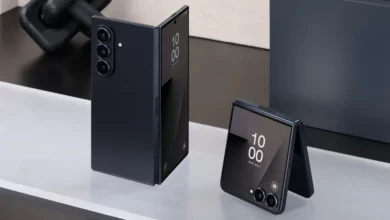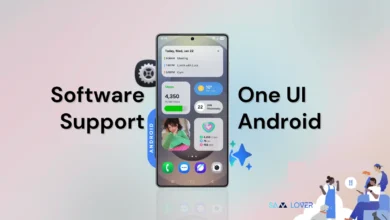Samsung Galaxy S22 Could Get Some Galaxy AI Features

Hey, Samsung Galaxy S22 owners! You could get Samsung’s recently introduced Galaxy AI tools on your older smartphone.
Samsung has recently announced Galaxy AI features on the Galaxy S24 flagship series, which include various features such as Circle to Search, Live Translate, and more. After the announcement of the Galaxy AI features, the first thought that came to the old Galaxy device owners’ minds was whether their device was eligible to get these AI-powered features or not.
Samsung previously just announced that the Galaxy AI features are high-end and can only run on a flagship device, and it will release some of the AI features to its older high-end smartphones in 2023 only. This announcement disappoints Galaxy S22 owners badly.
But finally, things appear to have changed now, as Samsung MX CEO TM Roh stated that he is checking back into whether Galaxy AI features can be brought to older Galaxy smartphones, including the Galaxy S22. Reports are saying that he revealed this during the 55th annual general shareholders meeting of Samsung.
However, at the moment, it’s not pretty confirmed that the Galaxy S22 will get Galaxy AI features, but it is a kind of sweet gesture from Samsung to Galaxy S22 owners, as Samsung is testing the stability of those features. AI features are also being tested on other high-end phones, but Roh did not list the names of all the devices. The brand will start rolling out the One UI 6.1 update, maybe later this month, and it will be completed by the end of this year.
Initially, Samsung officially revealed that only Galaxy devices from 2023 are eligible for the Galaxy AI features (Circle to Search, Browsing Assist, Note Assist, and Generative AI-powered image and video editing), which include the Galaxy S23 series, Galaxy Z Flip 5, Galaxy Z Fold 5, and the Galaxy Tab S9 series.
Apart from this, he also revealed that the company is also working on rollable and slidable phones, and the testing of those devices is in the developing phase.
Via- SamMobile



